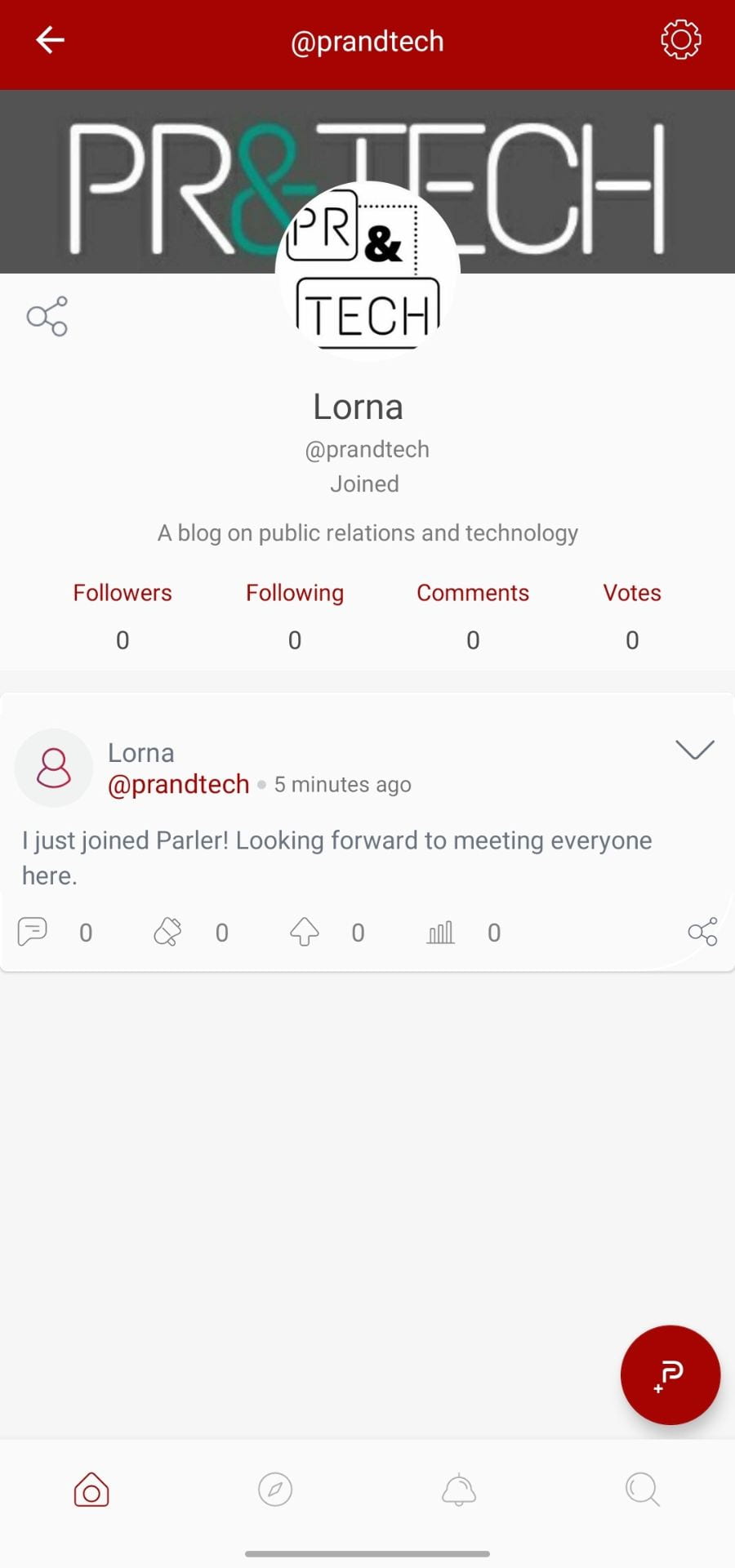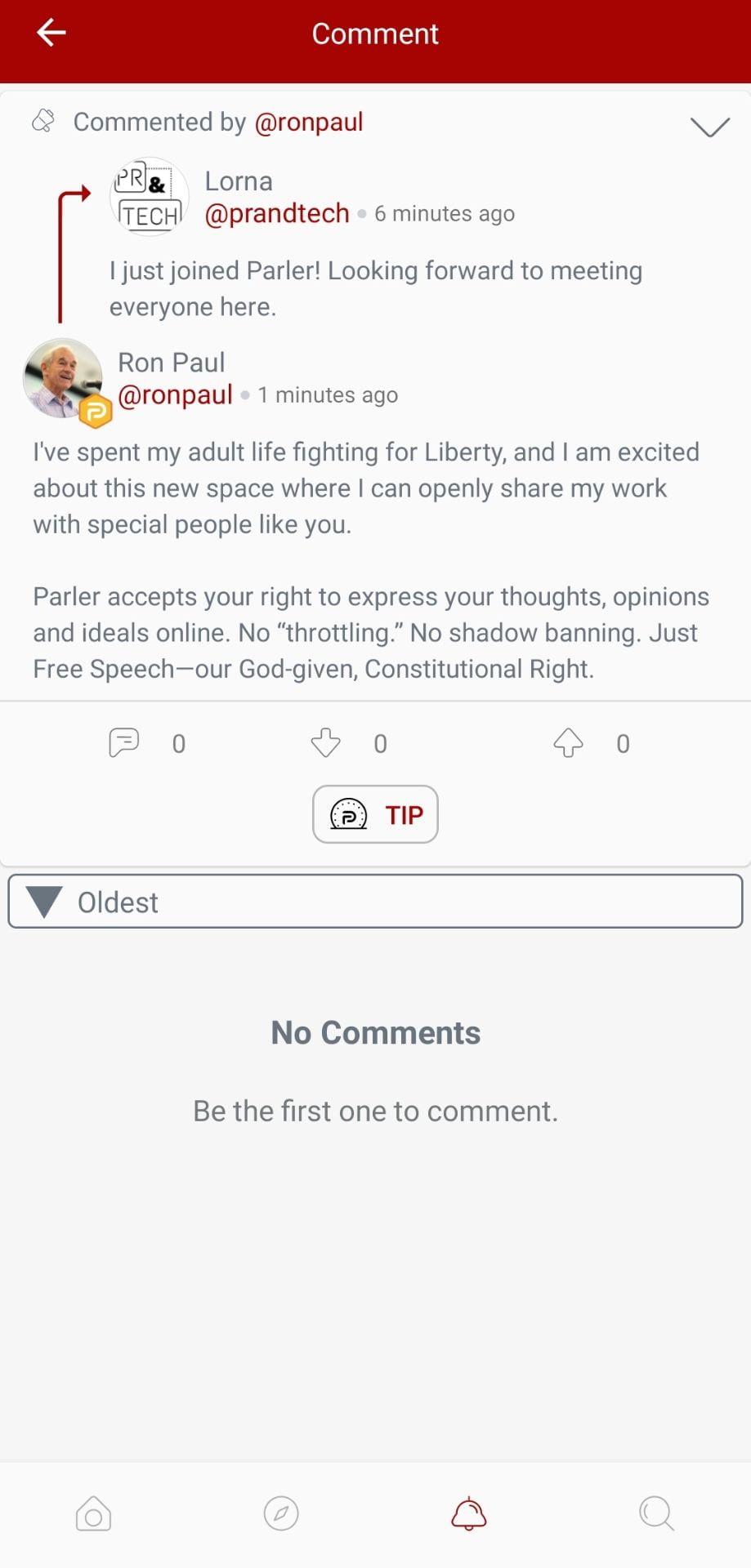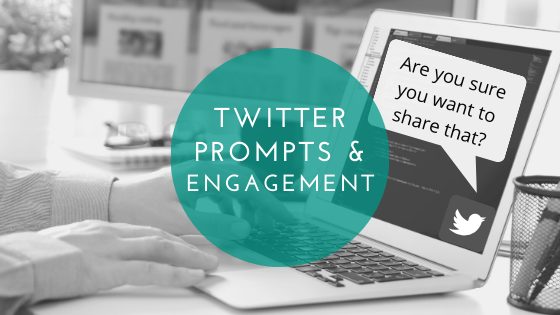Information is a crucial tool in the management of a pandemic. Governments need quality information when forming public health strategies, medical workers use it to make appropriate decisions when providing healthcare, and the public need to know how they can keep themselves safe.
The current Coronavirus outbreak has become a global crisis. In the UK alone, as of the 5th June, more than 40,400 people who had tested positive for Coronavirus had died. There has been a lot of debate about the UK Government’s handling of the pandemic, and much of it centres on criticism of its communications strategy. How successfully the Government distributes its public health messages, such as guidance on what people can and should be doing, affects how many people will fall ill to a potentially fatal virus.
According to a survey from the Reuters Institute for the Study of Journalism at the University of Oxford, trust in the UK Government as a source of accurate information on Coronavirus has declined substantially since April. This decline in trust in has been reported across the political spectrum, from people who defined themselves as left-wing, centre, and right-wing. The overall proportion of people who said they were very or extremely concerned about false or misleading information about coronavirus from the UK Government has increased by 11%.
Gaining and keeping trust is important in public relations, particularly in online communications. In times where uncertainty could mean danger, people tend to actively engage in information seeking, and increasingly use newer forms of media, including the Internet and social networks, to do so.
It has been suggested that some of this decline in trust can be attributed to the uproar about Dominic Cummings, a special adviser who travelled to Durham whilst he was supposed to be self-isolating in London. After The Guardian and The Mirror published details of a joint investigation into the trip, the story dominated print and digital headlines and some social media, particularly Twitter. The news on Cummings’ trip to Durham started a debate on the legality and ethicality of his actions, much of it taking place on social media. Meanwhile, some social media accounts urged users to write to their MPs to express opinions on whether Cummings should be fired from his role; hundreds of thousands of emails were sent.
Two of the main forms of trust are systemic (where an individual trusts an organisation) and interpersonal (where an individual trusts another person, or both trust each other). Interpersonal trust can have a positive influence on systemic trust; if a representative of a political party is considered trustworthy, it can help to build trust in the party itself. Although not a politician, Dominic Cummings, as chief adviser to prime minister Boris Johnson, could reasonably be viewed as a representative of the Conservative Party. Therefore, his “trustworthiness” impacts on that of the UK Government.
One individual deciding whether they think another person is trustworthy is subjective and based on whether they perceive that person to possess relevant traits, such as “ability” and “integrity”. Attribution theories describe how people explain what causes the behaviour of themselves or others. Either the augmentation principle or the discounting principle can be used in this process. Under the augmentation principle, we attribute someone’s behaviour as being down to internal factors, such as personality traits or motivation. By contrast, the discounting principle attributes behaviour as a result of external factors.
The way that we attribute characteristics to others can be influenced by whether we perceive similarities – or not – between them and us. This could be because when we think that someone is like us, our self-serving bias is triggered. This bias describes how people tend to justify their successes using the augmentation principle, and their failures using the discounting principle. Accomplishments are likely to be accredited to internal factors such as hard work and competence, whereas failures are put down to unfavourable conditions or unavoidable circumstances.
Dominic Cummings has previously been described as “anti-establishment” because of the casual clothes he wears in parliament and his own personal blog, which regularly criticises “those at the apex of power”, accusing them of blaming failures on “lies” and the “devilish use of technology to twist minds” rather than their “endemic dysfunctional decision-making”. However, in this situation, he was perceived by some social media users to be one of the elites, rather than an ordinary member of the public, as demonstrated by numerous “one rule for them and one for us” tweets, which were spurred on by Labour politicians including Kier Starmer.
On the 25th May, Cummings gave a press conference, where he outlined his reasons for the trip. Using the discounting principle, he explained that he had been in a “complicated, tricky situation”. Those who stood up for him agreed that he was simply following guidelines or doing the best he could in difficult circumstances. Those that believed his actions to be unreasonable – likely those that do not see a similarity between themselves and Cummings – attributed it to Cummings’ personal wants and motivations, suggesting it was a selfish decision taken because he wanted a day out on his wife’s birthday, or to see his parents.
Tweets from several conservative MPs in support of Cummings were sent following the press conference. They themselves came under fire from social media users (including political opponents) who suggested that the tweets were inauthentic, stemming from similarities between the tweets. Many of the messages did seem to contain three matching elements: a line about how Cummings had explained himself, had done the best he could under the circumstances, and that it was now time to “move on”. Earlier that day, the head of data journalism at The Economist had already taken to Twitter to question the authenticity of tweets from Conservative MPs, highlighting four tweets from separate MPs that were posted within an hour of each other, but contained the exact same sentence. For some social media users, this perception of inauthenticity will have eroded interpersonal trust in the politicians, and therefore the systemic trust in the Conservative Party.
In the same press conference, Cummings stated that he had already warned of the dangers of coronavirus on his blog: “last year I wrote about the possible threat of coronaviruses and the urgent need for planning.” However, the same day, claims began circulating on Twitter that Cummings had lied. One tweet, alleging that he had actually retroactively edited a 2019 blog post, amassed over 13,000 retweets.
The independent fact-checking charity Full Fact found that he had indeed updated an older blog post to include mentions of SARS and coronavirus. The edits had taken place in April 2020, months after the pandemic began. This set the agenda for more press coverage about Cummings, accusing him of trying to “rewrite history” and questioning his priorities.
Without the “gatekeepers” of traditional media – such as news editors, who are assumed to be checking content for credibility before allowing it to be published – users have to make their own minds up about the trustworthiness of messages they find on social media and blogs. Cummings seems to have underestimated the abilities of users to fact-check his statements about his blog, and then share their findings to large social media audiences. Drawing attention to his blog at a time when online discourse was already dominated by questions of his trustworthiness only drew attention to the edits, compounding the problem.
The effectiveness of the Government’s communications during the coronavirus outbreak is likely to be studied beyond this pandemic and could affect the outcome of future elections. How Dominic Cummings and Conservative politicians communicated during the Durham trip scandal, and the damage it may have done to systemic trust in the Government, should serve as a warning to public relations practitioners; a perception of authenticity is important when building and maintaining trust.












